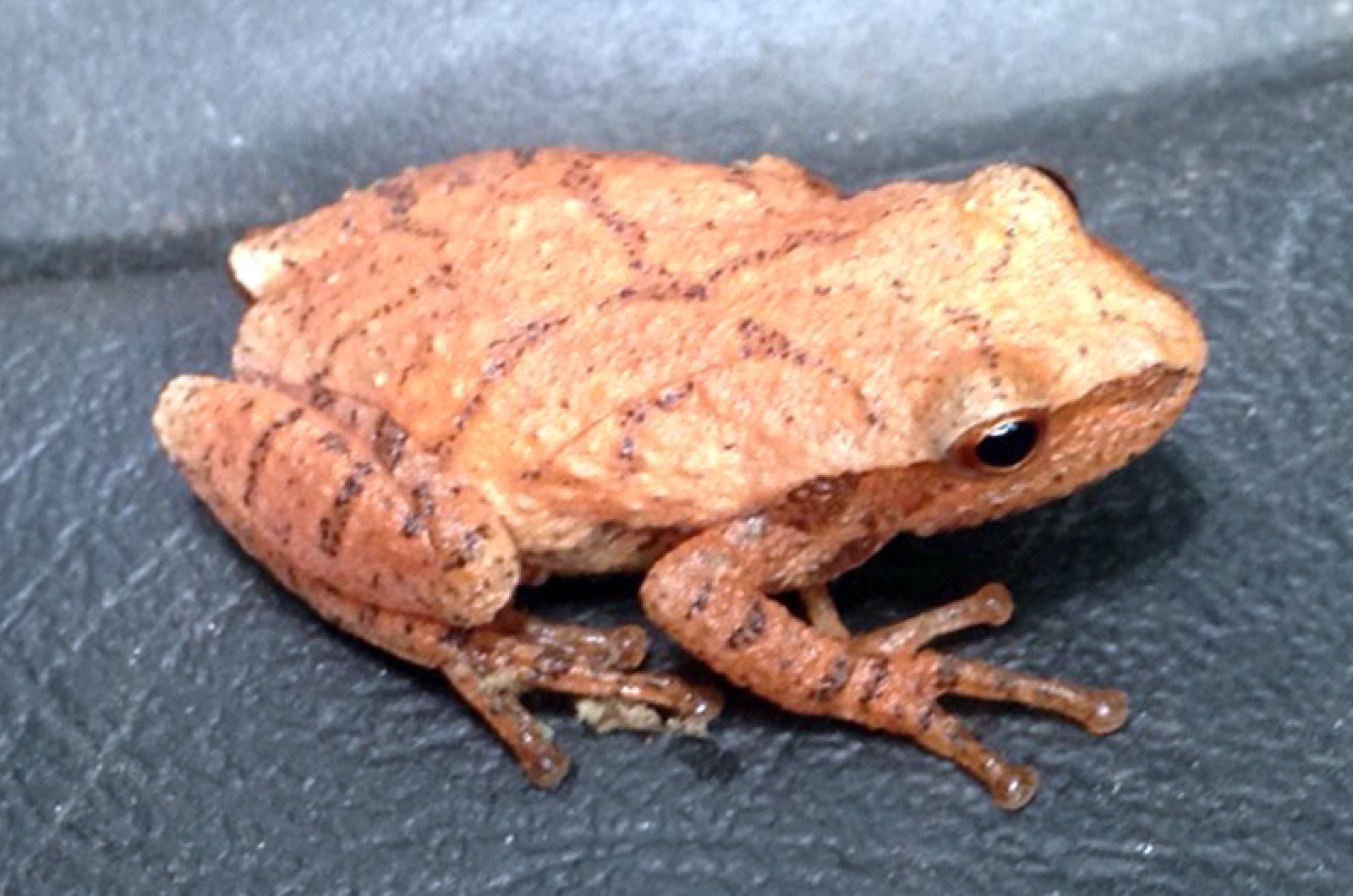Though it is fall, it is a good time for wetland lovers to spring into action to protect vernal pools.
Yes, vernal means spring, but there is a reason to consider these ephemeral ponds during the fall season. Bet you didn’t know that some vernal pools are also autumnal pools because fall rains can and do fill them up.
Vernal pools are a wondrous type of wetland that play a sort of wildlife hide and seek, since sometimes you can find the animals that live in them and other times you can’t. These small, temporary wetlands are often found in woodlands and occur when depressions in the land fill with rainwater or groundwater (as in the case of a high water table).
The key, however, is the pools’ penchant for drying out come summer (or technically at least once every few years) and their absence of fish. These two factors allow distinctive wildlife to exist in these peculiar ponds, some of which can only survive in a vernal pool.
There are animals, called obligate vernal pool species, that cannot complete their lifecycle without these pools. Included in this group are wood frogs, fairy shrimp, and four types of salamanders, though not all of those animals are found on the Island.
Then there are so-called “facultative” species that will use vernal pools as habitat, but can also survive elsewhere. Examples of these include spring peepers, grey treefrogs, American and fowlers toads.
Knowing these basics can help you protect the vernal pools in your neighborhood or favorite wetland and there are many on the Island. The best way to safeguard them is to get them certified by the Commonwealth’s Natural Heritage and Endangered Species program. Strangely enough, there are very few certified vernal pools on the Island, though the certification process is not difficult.
Certified vernal pools are protected through a variety of laws and regulations, including the Massachusetts Wetland’s Protection Act, Title 5 of the Massachusetts Environmental Code, Section 401 of the Clean Water Act, Massachusetts Surface Water Quality Standards, and the Massachusetts Forest Cutting Practices Act.
Though all of those regulatory ABC’s make it appear that these ponds are well protected, in fact they are not. Often the ponds disappear due to development or habitat destruction before they are even known about, and with their demise go the animals dependent on them. In California, 90 per cent of these pools have already been lost.
You can change that. If you have a favorite ephemeral pool, keep an eye on it and consider certifying it come spring. The easiest way to do that is to find a fairy shrimp. Identify those pools now that they are filled; and come spring, use a net to scoop around among the leaf litter to discover those little fairies. If you find them, fill out some paperwork, send it to the state, and voila, the pool and at least 100 feet around it will be protected under the Wetland’s Protection Act administered by your local conservation commission.
Just like that, you can learn about the wildlife in your backyard, muck around in the woods, certify a pool, and become a nature hero.
Suzan Bellincampi is director of the Felix Neck Wildlife Sanctuary in Edgartown, and author of Martha’s Vineyard: A Field Guide to Island Nature.







Comments
Comment policy »